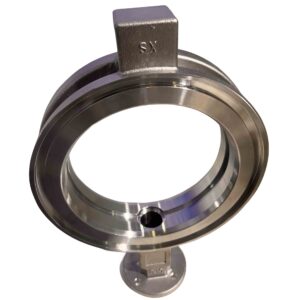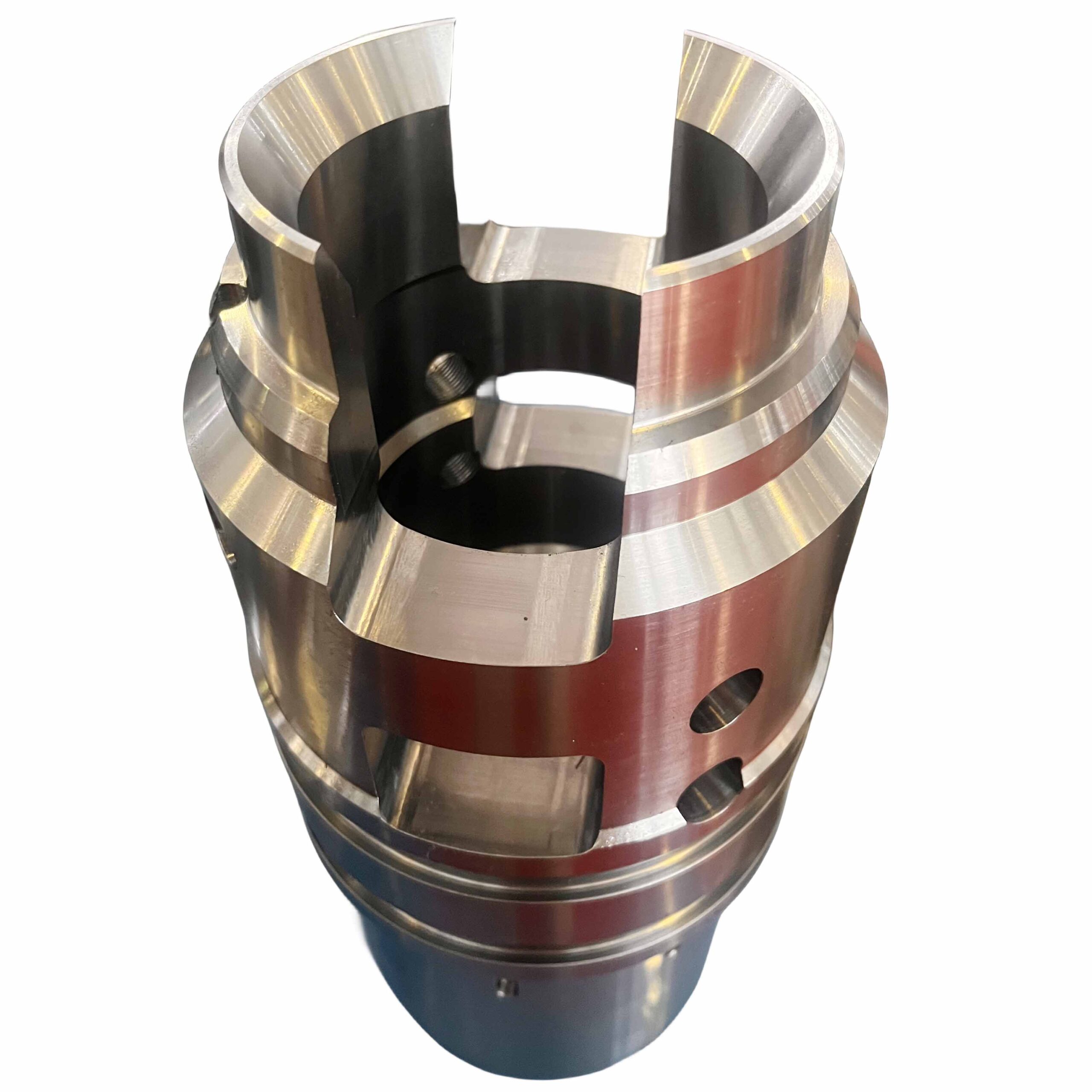
Here’s a breakdown of how to select different types of lathes for machining metal parts, focusing on key selection criteria:
Key Selection Criteria:
Part Size & Geometry:
Diameter & Length: Dictate the required “swing over bed” (max workpiece diameter) and “distance between centers” (max workpiece length).
Complexity: Simple cylindrical shapes vs. complex contours, tapers, threads, grooves, or off-center features.
Production Volume & Setup Needs:
Prototype/Single Pieces: Quick setup flexibility is key.
Small Batches: Balance setup time with machining efficiency.
High Volume: Minimize setup time per part; maximize automation.
Material & Machinability:
Hardness, strength, toughness, and tendency to work-harden influence required machine rigidity and power.
Required Precision & Surface Finish:
Tolerances (dimensional, geometric) and surface roughness requirements.
Operations Required:
Turning, facing, boring, threading (internal/external), grooving, parting, drilling, knurling, forming.
Automation & Integration Needs:
Bar feeders, gantry loaders, part catchers, integration with other machines (cells, FMS).
Budget & Available Expertise:
Machine cost, tooling cost, programming cost, operator skill level.
Common Lathe Types & Selection Guidance:
Engine Lathe (Center Lathe / Manual Lathe):
Best For: Prototypes, toolroom work, very small batches (1-10 pcs), repair jobs, low-volume complex parts requiring frequent manual intervention, educational purposes.
Why: Highly versatile, operator-controlled. Excellent for setups requiring constant adjustment or unconventional methods. Lower initial cost.
Limitations: Slow for production, relies heavily on operator skill for precision/consistency, relatively slow setup changeovers, limited automation potential.
Turret Lathe (Capstan Lathe / Screw Machine – Manual or Semi-Auto):
Best For: Medium batch sizes (10s – low 1000s), repetitive production of parts requiring multiple sequential operations (drilling, turning, threading in sequence).
Why: Features a rotary turret holding multiple tools. Tools can be quickly indexed into position. Stops and feed lengths are pre-set mechanically (“stops”), enabling faster cycle times than manual lathes for suitable parts. Simpler than CNC for fixed-sequence work.
Limitations: Setup for a new part is time-consuming (adjusting stops, changing turret tools). Limited flexibility for complex geometries or program changes. Less precise than CNC generally. Largely superseded by CNC for most applications.
CNC Lathe (Computer Numerical Control Lathe):
Best For: Wide range – from prototypes & small batches to high-volume production. Complex geometries, tight tolerances, consistent repeatability, parts requiring multiple operations in one setup.
Why: Programmable automation offers immense flexibility. Digital control ensures high precision and repeatability. Quick changeovers between parts via program recall. Can handle complex contours and profiles easily. Can integrate live tooling (milling, drilling off-axis) and Y-axis (off-center milling) for “turn-mill” capabilities (CNC Turning Centers). High potential for automation (bar feeders, robots).
Limitations: Higher initial investment. Requires programming skills (CAM software often used). Setup/programming time must be justified by batch size or complexity.
Swiss-Type Lathe (Swiss Screw Machine / Sliding Headstock Lathe):
Best For: High-volume production of very long, slender, complex, small-diameter parts (e.g., watch components, medical screws, connectors, shafts) requiring exceptional precision.
Why: The material bar slides through a rotating guide bushing very close to the cutting tools. Provides unparalleled support for thin parts, minimizing deflection and vibration, enabling extreme precision and fine surface finishes on long, small diameters. Multiple tools can work simultaneously. Highly automated, designed for lights-out production with bar feeders.
Limitations: Very high machine cost. Complex setup and programming. Primarily for small diameters (typically under 1.5″/38mm, though larger machines exist). Less suitable for short, large-diameter parts. Requires dedicated bar feeders.
Vertical Turret Lathe (VTL) / Vertical Boring Mill (VBM):
Best For: Very large, heavy, bulky, or short workpieces (e.g., flywheels, large gears, pump housings, turbine rotors) where mounting horizontally would be difficult or unstable.
Why: The workpiece sits on a horizontal rotary table (like a giant pot chuck). Gravity aids in workpiece clamping and stability. Tools are mounted on a vertical cross-rail and side head(s). Easier loading/unloading of heavy parts.
Limitations: Generally not for long, slender parts. Less common for small parts. Higher floor space requirement. Often more expensive than horizontal lathes of similar capacity.
Selection Summary:
Need versatility for one-offs & repairs? -> Engine Lathe.
Medium batches of simple parts with fixed sequences? (If CNC is unavailable/uneconomical) -> Turret Lathe.
Flexibility, precision, complexity, or batches from 1 to 100,000+? -> CNC Lathe / CNC Turning Center. (The dominant choice for most industrial metal machining).
High volume of long, slender, tiny, complex parts? -> Swiss-Type Lathe.
Massive, heavy, or short parts difficult to chuck horizontally? -> Vertical Turret Lathe / Vertical Boring Mill.
Always consider: Start with the part requirements (size, shape, tolerance, material, operations). Then factor in the production volume and required consistency. Finally, weigh budget, available skills, and future needs. CNC lathes offer the broadest capability range for metal parts in modern manufacturing.





